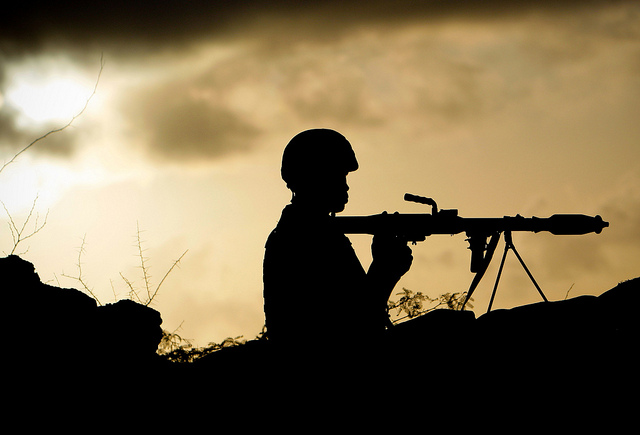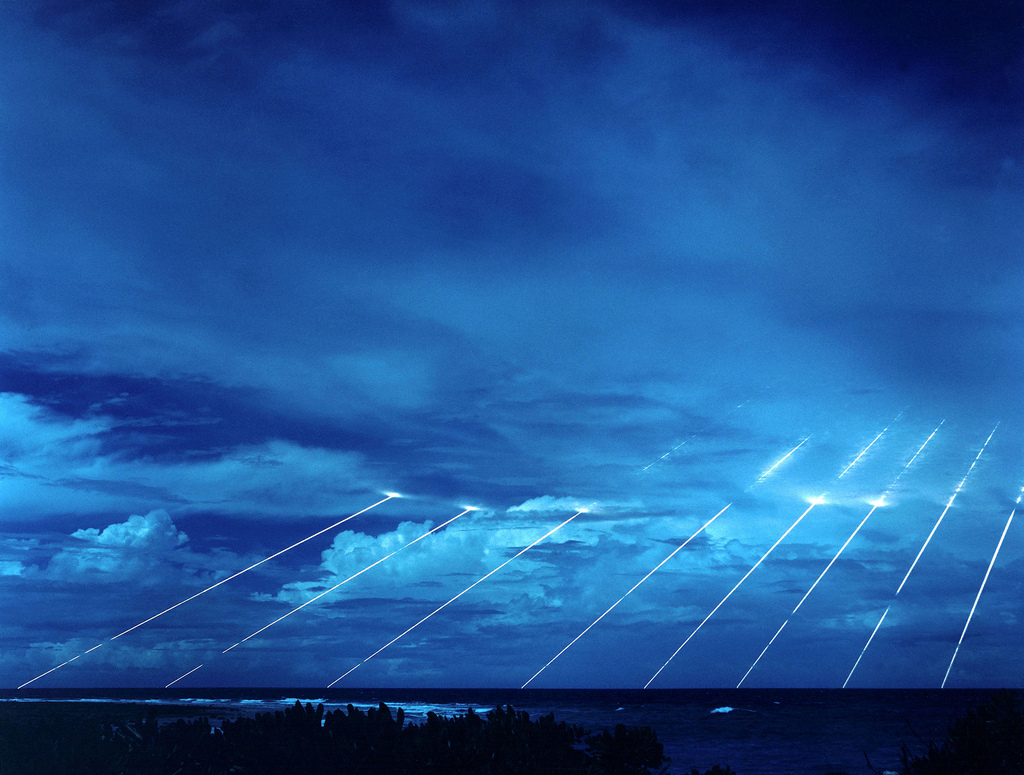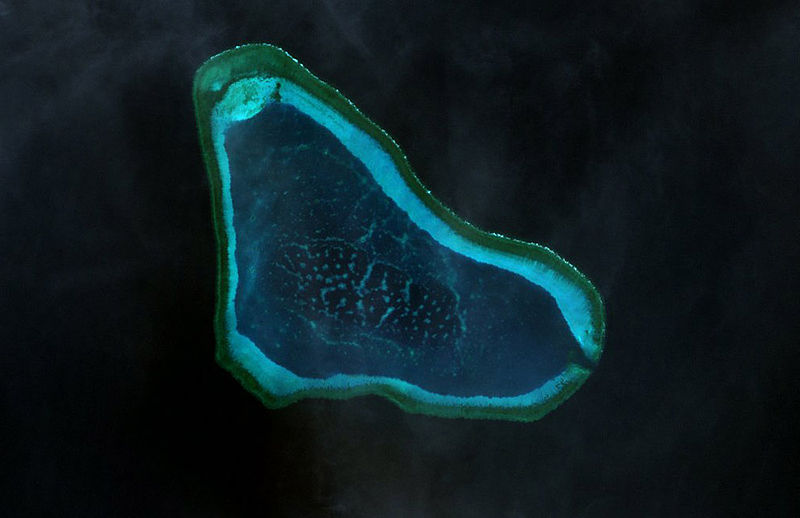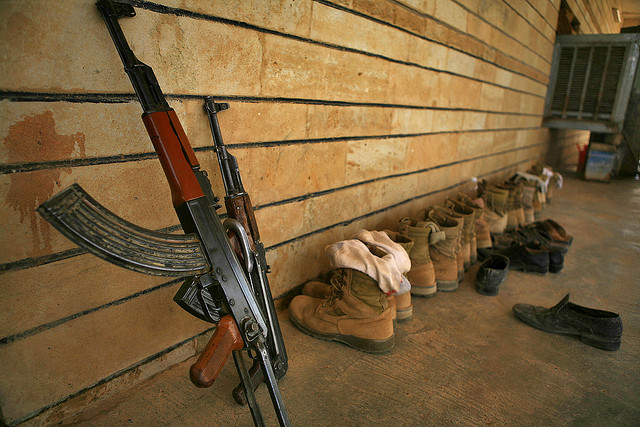From the archives
It’s another public holiday here in sunny Canberra, but we thought these posts from our archives would be topical to revisit.
First up, submarines: last week saw Cameron Stewart publish articles on the prospects for life extension program for the Collins class submarines. Below is what we had to say about the public statements on the program last year.
Second is a look at Tony Abbott’s view of Australia’s foreign policy in the middle of last year, from a speech he gave to to the Heritage Foundation. Read more










